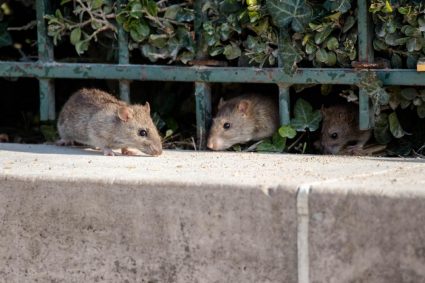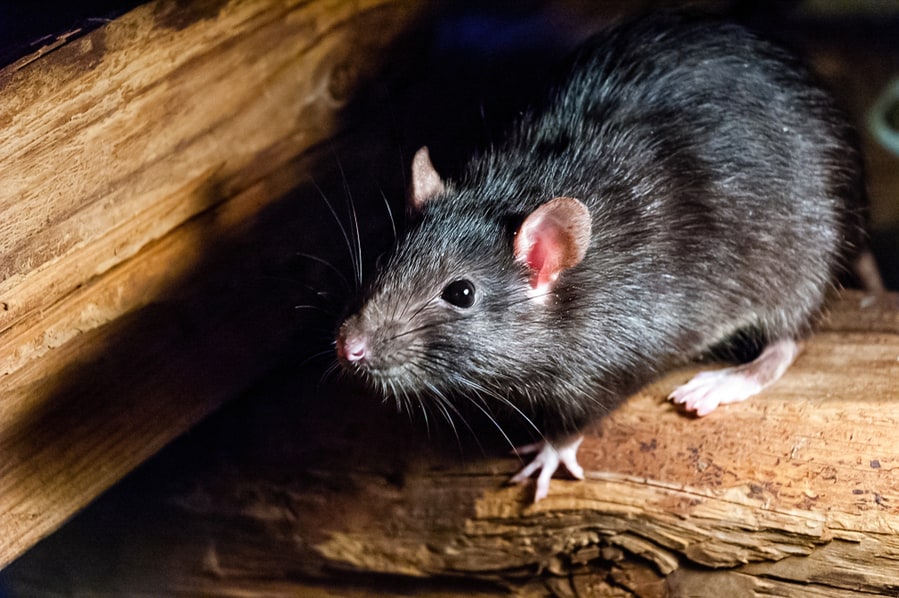
Wood is as essential to rats as it is to us. For us, wood gives warmth when used as firewood and helps us in construction.
For rats and pests in general, trees are shelters and food. Even when cut down as firewood or thrown into wood piles, rats still find comfort in hiding in them.
So, you may often find that your wood pile houses rats, and it’s almost impossible to shake them off. However, it is possible to discourage rats and keep them out of your wood pile.
Keeping rats away from wood piles requires giving a lot of attention to the wood itself and how you store it.
- If your home is close to woods and vegetation, chances are that there are pretty several rats in the area. Keeping your wood as far away from such vegetation would help make a distinction.
- Rats like to stay in places that offer warmth from harsh weather, water, and food. You should remove things that provide these.
- Dry wood piles have a much lower chance of attracting rats.
This article provides six methods to keep rats away from wood piles or stored firewood. The FAQ section also contains information about dealing with rats around your wood.
6 Ways To Keep Rats Out of Wood Pile
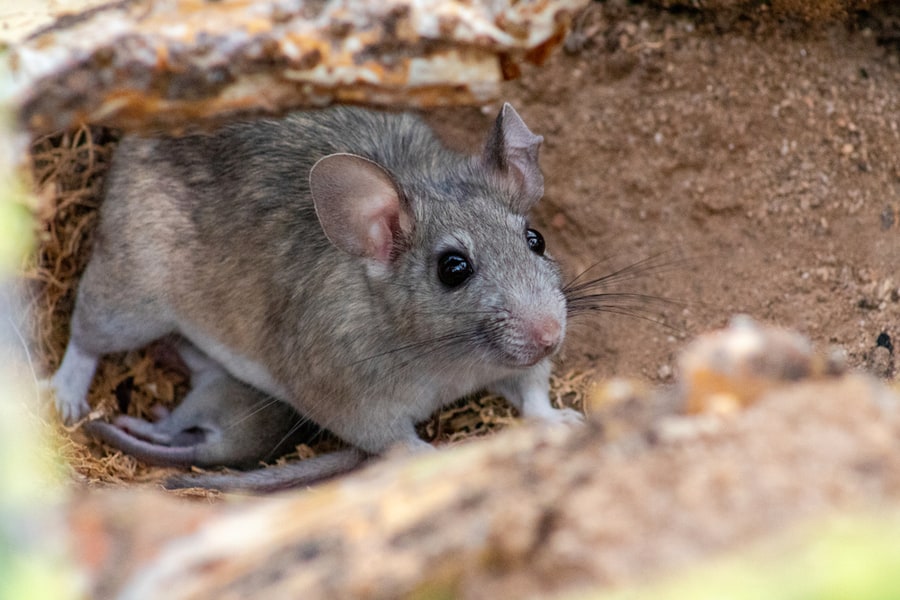
Storing firewood or piles of wood can invite pests, mainly rats.
It is necessary to find tricks and tips handy for repelling rats around wood, minimizing their presence in general.
1. Elevate Your Wood Pile
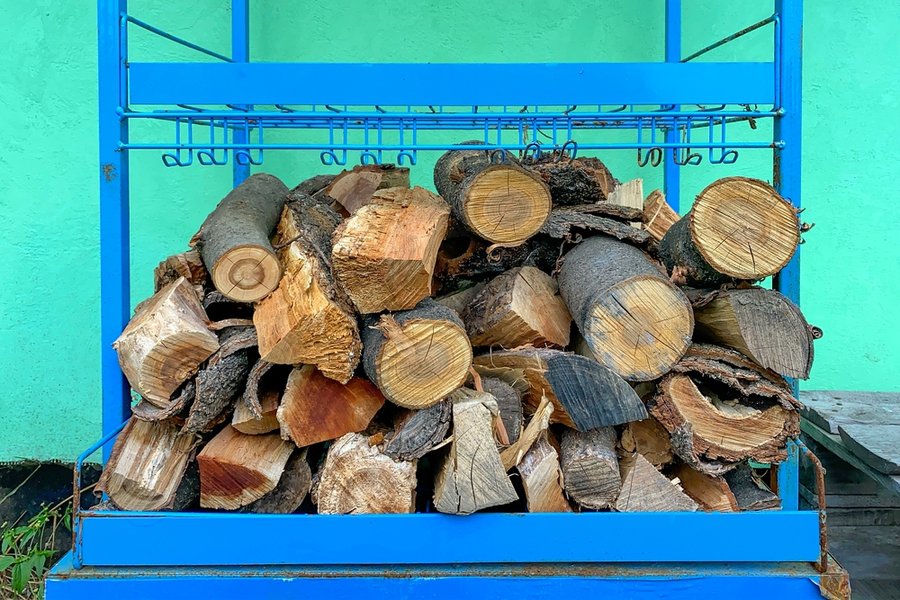
Not all rats like to climb or stress themselves to reach their home. That extends to insects and termites.
When you leave your wood on the bare floor, it makes it not only accessible to pests but increases the chances of moisture seeping into the wood. Instead, you should create a structure or platform to store your wood piles.
It should also be wide enough to give for airing so the wood can dry out. Each piece of timber should get ventilation from the sides or beneath.
When creating such structures in a storage shed or out in the open, ensure no trees nearby that rats can climb to reach your wood pile.
Covering them with waterproof sheets or nylons would prevent rain from soaking them up in storage.
2. Rotate Your Selection
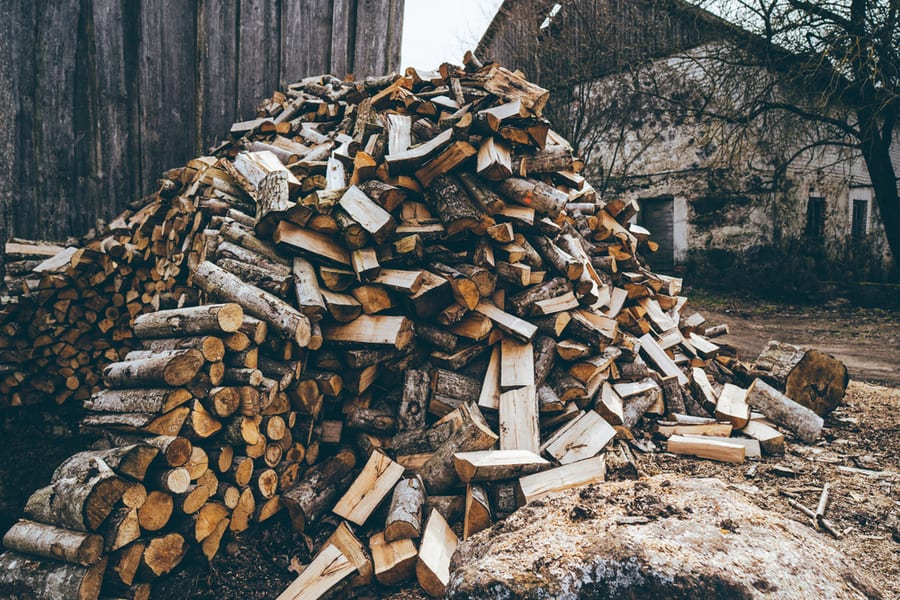
No one likes having their homes roughed up randomly; rats feel the same way. They prefer to live in places where they can grow undisturbed.
If you often store vast amounts of wood, some parts of the pile will likely stay undisturbed for a long time. Pick pieces of wood from different stack parts to keep rats on their toes.
You could employ the famous “first in, first out” method. So, older wood gets used up before the newer pieces, and you could throw some in from the middle.
That means almost every area of the shed gets some activity.
3. Store Dry Firewood Only

Rats like moist and warm environments; wet wood is the perfect setup. Storing dry wood is always safer and much easier to burn.
The wetness of wood creates a good breeding atmosphere not only for rats but other insects and pests.
So, it serves your best interest to dry out your wood entirely before storing it in your shed.
Also, adding a few pieces of damp wood would draw rats to the rest of your wood pile.
4. Do Not Stock Up on Wood Indoors

It’s okay to take the occasional handful indoors and leave them in any corner designed for that purpose. But storing large amounts or hefty wood piles is a no-no.
You could accidentally carry in a small rat or other pests. Storing wood piles at least 20 feet from your home would be best.
5. Apply Rat Repellents

It is perfectly safe to apply rat-repellent oils to your wood. It is probably the most effective to keep rats as far away as possible from wood piles.
Peppermint oil, garlic, cloves, citronella oil, and chili pepper powder are all great options.
One of the great things about this method is that you are not applying any flammable substances. So you do not risk unintentionally adding fuel to your living room fire.
You could also plant any of these plants close to your woodshed. The smell would discourage rats from coming near, let alone making a nest in a woodpile.
6. Remove Access to Food and Water
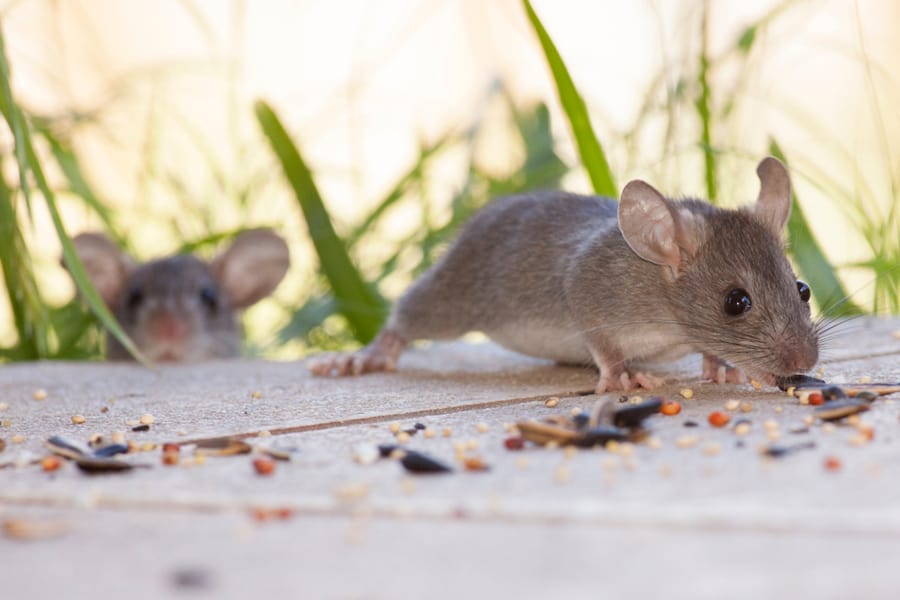
Rats choose their shelter based on how close they can access food.
If your storage unit also contains things that rats can eat or containers that hold water, they may be encouraged to linger around your wood.
So, restrict your wood shed or makeshift store to wood piles only. It will be safe if rats do not find other reasons to hang around your wood.
Conclusion
Rats like to live undisturbed. So if the wood pile is shaken up frequently, they won’t be comfortable enough to hide out there.
With these tips, you can preserve your wood from damage that rats could cause and prevent them from sneaking into your building.
It’s best always to keep an eye out when bringing wood stored outside into your home.
Frequently Asked Questions
Does Wood Attract Rats?
Yes, wood attracts rats, especially when it is stacked or abandoned. Rats can choose to hide behind or even live inside wood piles.
It creates an environment that shelters them from harsh weather. More importantly, if the wood is stacked near the entrances in your home, rats can hide behind them and run into your house at any chance.
Discarded furniture, such as chairs, tables, and wooden cupboards, can attract rats. It’s not the wood that draws them in but what its presence can offer them.
Can Rats Chew Through Hardwood?
Rats are destructive creatures who have been found to chew through soft metals. So, they can gnaw into hardwood if they have reasons to do so.
For instance, if you store food items with heavy aromas behind or close to such wood, rats chew to reach the food.
Their teeth are pretty strong and sharp. They have been known to eat baseboards and flooring.
Rats may also chew hardwood to make more room for themselves, especially if there are already holes in the area.







